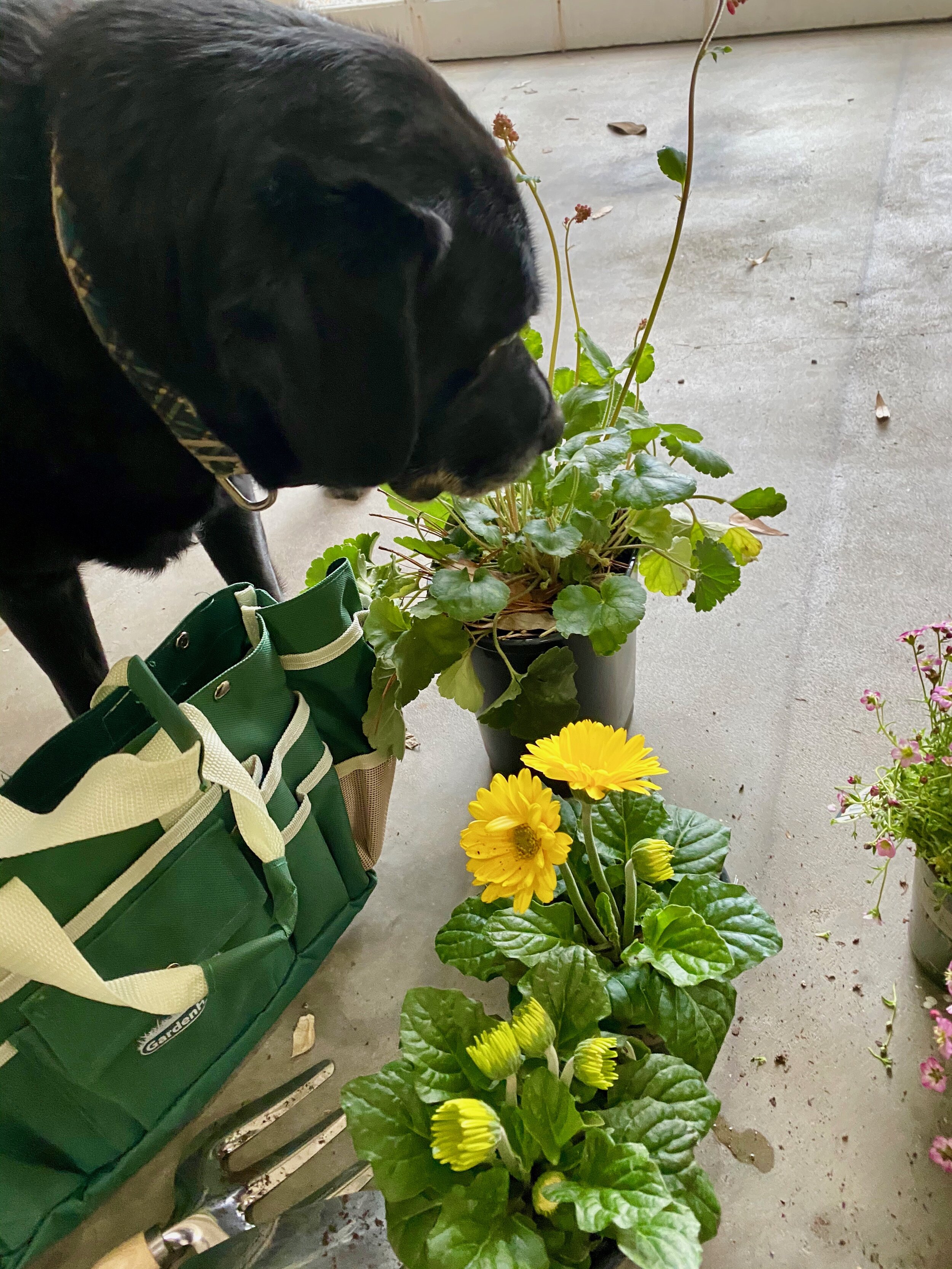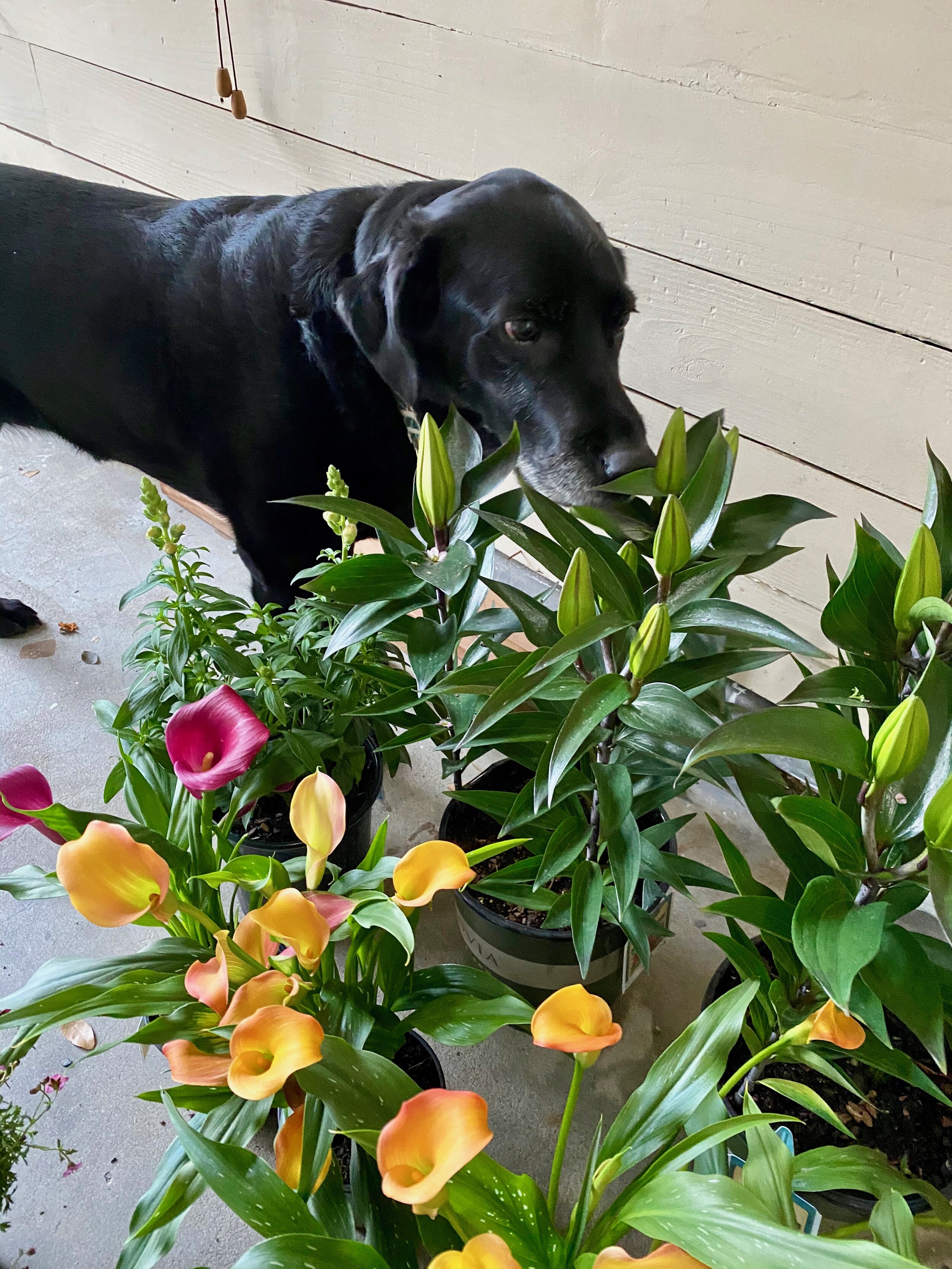spring awakening
The earth is beginning to wake up. It hasn’t been a particularly cold winter here in the South, but it was cold enough and I’m ready to move on to Spring. I wouldn’t mind a nice winter vacation for an extended weekend and be able to romp and play in the snow, but I do prefer warmth over cold.
Since we moved to North Carolina, I’ve been journaling as plants bloom. It’s been a learning curve, not that I was an expert in New York, but I’m trying to be more aware of my garden and growing tendencies. It’s a balance between sun and water and trying to figure the right proportions can be a challenge.
By this time last year, our cherry tree was in bloom, but to date, buds are appearing but not much evidence of sprouting is present. We had a few warm days in January and February, which triggered the daffodils to burst a bit prematurely and a few varieties of azaleas popped early as well. Then followed some rather cold nights. Although we had a mild winter, it doesn’t appear to be a particularly early spring. So, I have to take matters into my own hands and start a little forced-planting.
Forced Planting
A bouquet of color





The pets are making sure they like the plants
The best way to gain immediate gratification is to put some flowers in the barren flower-pots. It’s a relatively easy task incorporating potted plants into your garden, and it provides a lot of rewards. I still have more to pots to fill, but just adding a few-scattered here and there-creates color and beauty to the courtyard and entranceways. It’s always nice to be greeted by a flowering plant. We are fortunate to have some form of flowers throughout the year, but the landscape definitely takes on a winter appearance just the same.
I must say, this year the Camellia’s have been amazing. One variety or another have been blooming since September and some varieties are still going strong. I really love Camellia’s and tend to photograph them quite a bit. I’d say their equivalent to Crepe Myrtles which often bloom from June through September. Even in the dead of winter, we have some form of flowering trees or shrubs.
I was walking along the streets of downtown soaking in the warm sun and admiring the old houses and new flowers. I was reminded of the first sign of spring in New York were crocuses randomly sprouting on lawns and in gardens. The next indication that spring has sprung in New York, is the vibrant yellow Forsythia. We have Forsythia here, but they are not as prevalent or prolific as up north. It is such a treat to see Forsythia in bloom. It is a true contrast from the more drab colors of winter, so they really pop and show off for a bit.
A beautiful Wilmington home
I suppose every season brings a sense of new life. In the spring we really tend to be awakened. Our minds shift gears and go into gardening, cleaning and airing out mode. We weed out our garden beds as well as our closets, allowing for neater space with great intention to create new space. I typically do not plant the same plants in my flower-pots. It’s an opportunity to experiment with different flowers. This year I planted some Calla Lilly’s, something new for me. I wasn’t a huge fan of them in the past, but I really find them to be quite beautiful.
A few days ago, I set out to feed my plants with some much needed nutrition. I think our dirt is pretty good, but when you think about how much watering goes on, I’m pretty sure the plants could use a good boost of nutrients. The problem is determining what they need. Below I listed a few plants in my yard with some links that might help you determine how to care for your plants this spring.
1) Azaleas: I read if well mulched, no need to fertilize unless you see problems. We typically do not do much to our azaleas other than trim them back after they bloom. The azaleas in our front yard are rather large. We’re trying to reduce their size little by little each year. I’m tempted to hack them down considerably, but I fear not having any blooms next spring, so I’ll try to be patient.
2) Camellias: This bush/tree is pretty hardy! I read they do benefit from light pruning after they bloomed but we really have not done that in the past. They were so beautiful this year, I think they deserve a little pruning this spring.
Couldn’t be more lovely!
3) Crepe Myrtles: There is great controversy about what to do with Crepe Myrtles. For the mosts part, I agree with the less is more approach. Basically, I just give them some food. I learned the birds eat the leftover seed-pods that remain after the flowers bloom, so we leave them hanging all year until new flowers push their way through. Some say you can lightly trim and others hack the tree down, known as Crepe Murder. It amazes me that the tree does grow back after being chopped to nothing, but it loses its floppy grace and charm. Crepe Myrtles supply much needed shade, so I think its best to just let them be and cascade to the ground.
4) Loropetulum: Just planted a few of these interesting bushes last fall. I think they’ll do fine in my garden. If you’re looking for a bush that offers more than a green leaf, this is the plant for you. There are several varieties of this plant, but the most popular have plum-purple leaves. They start green but transition to a plum color which adds variety to the often green palate that exists.
5) Lantana: I love Lantana. They grow large and flower continuously throughout the summer and long into the fall. I cut them back in early March, so we’ll see how they do this spring and beyond. Apparently they’re poisonous, so plant carefully or strategically.
I recently was introduced to another source of valuable information on Lantana. The source is, Happy DIY Home. This article provides everything you need to know about Lantana from planting seedlings to propagating your own plant. I hope you check it out, you won’t be disappointed.
I love this link that shows what zone you live in for growing plants. I’m in 8a. Click on the link and enter your zip code, at least if you live in the USA. It will then give you suggestions of what plants thrive in your area. It’s a great resource!
Add a little here and a little there
This forced-planting really helped bring some much desired color to my yard. There is a lot more to do, but at least I can do the rest little by little. This added burst of color slowed down my eagerness for more flowers. I get a little impatient. I’m anxious to see how the new plants I planted last spring and fall return (hopefully) this spring and add new life to my garden. I think it’s best to wait and see what’s about to sprout, then I can incorporate more if needed.













